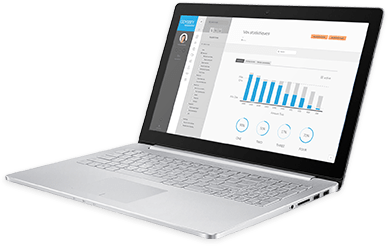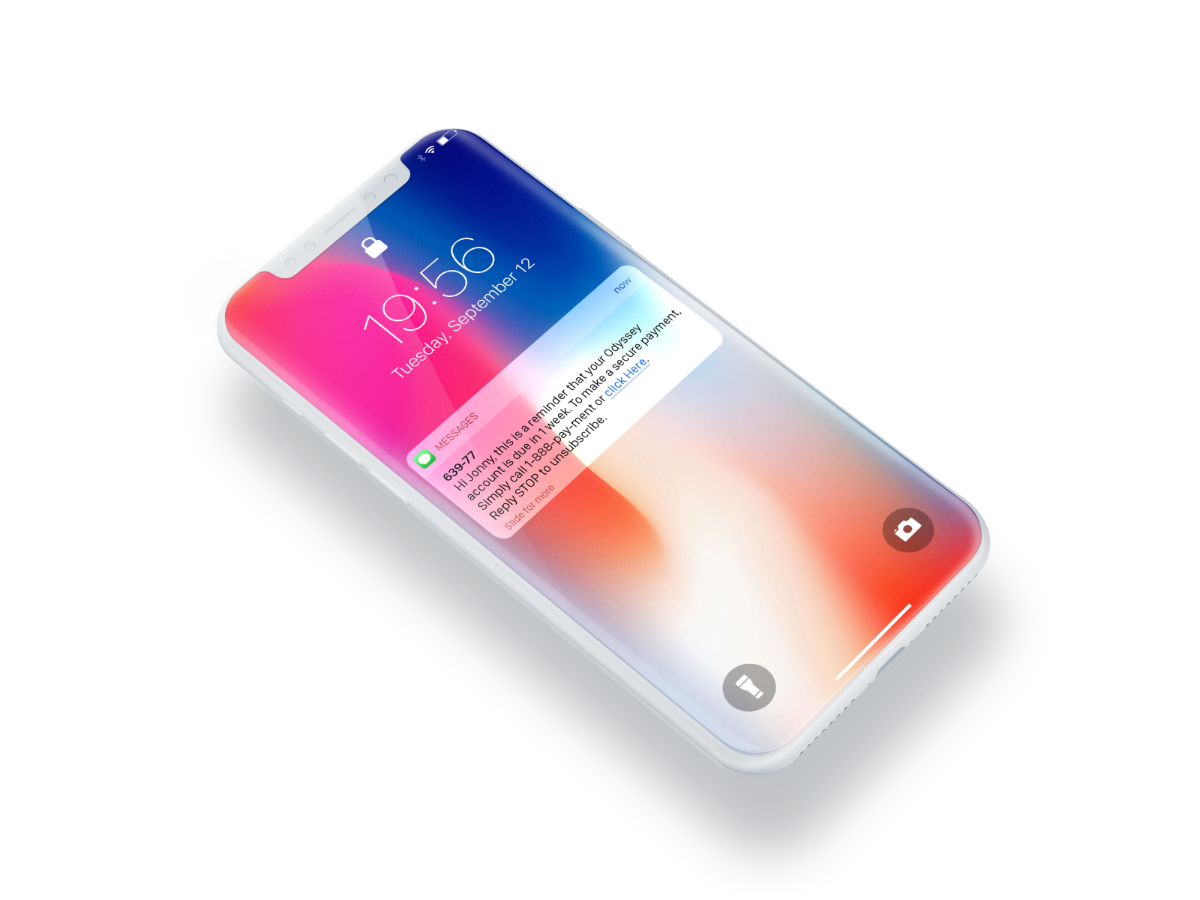10 Digit Long Code (10DLC) SMS rules and what you need to know.
In June of 2021, all enterprise-level long code SMS and MMS messages that are sent through to multiple Major U.S carriers are being moved to a new 10-digit long code (10 DLC) Application-to-Person service. This service will be used to outline new content procedures and categorization for mass SMS services moving forward. Please note, this … Read more






